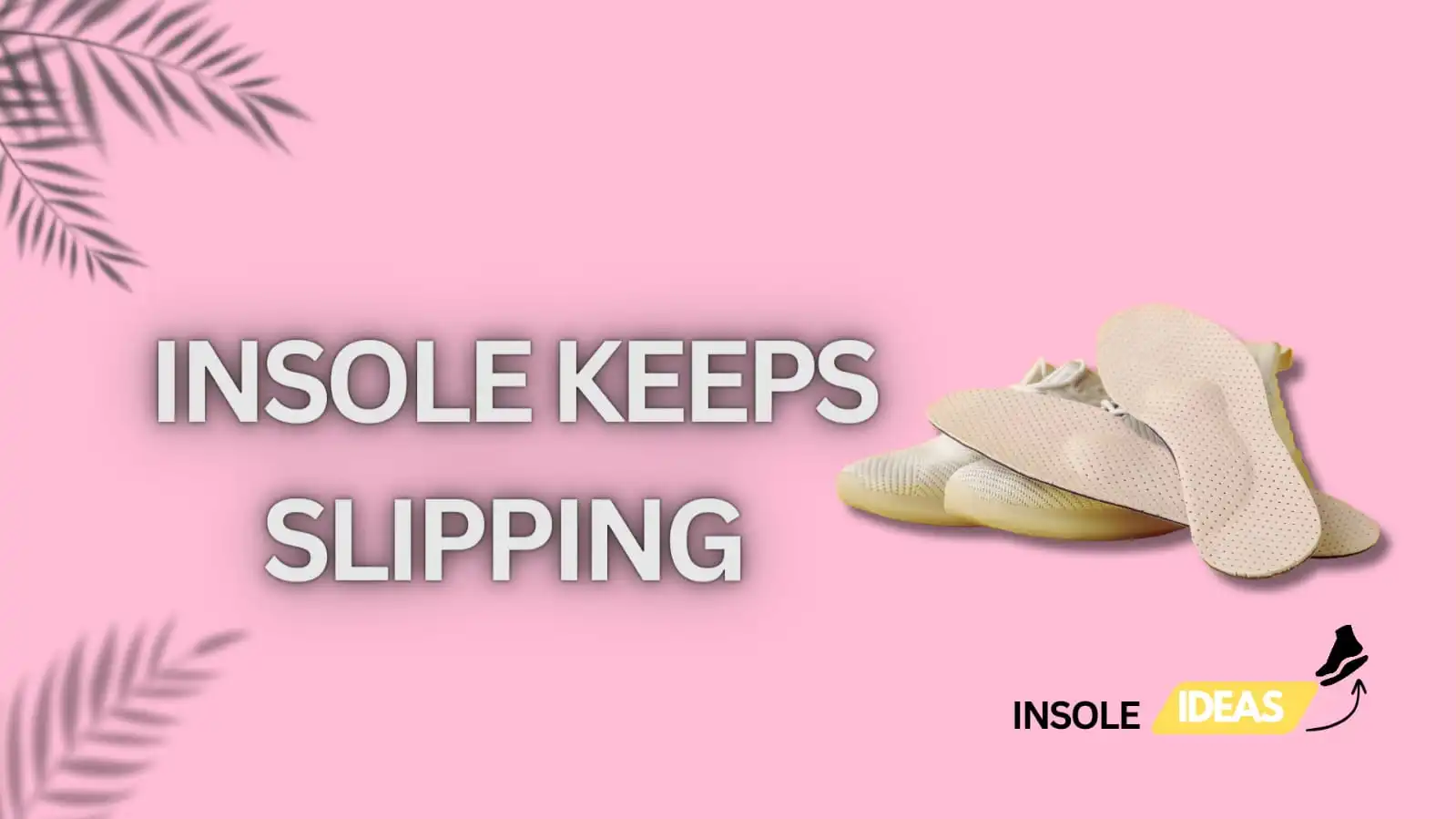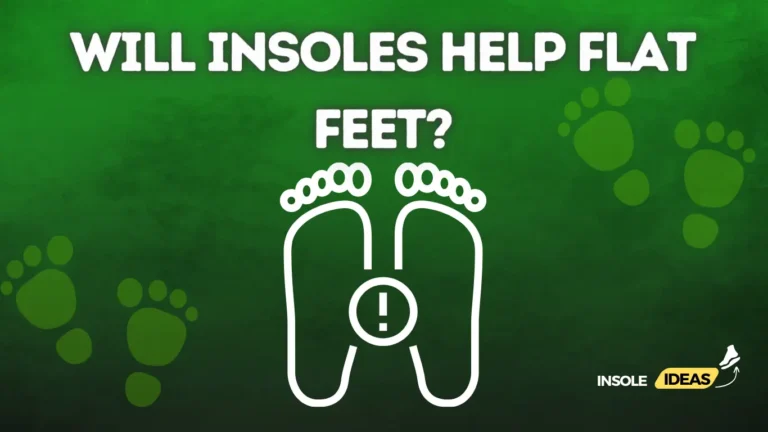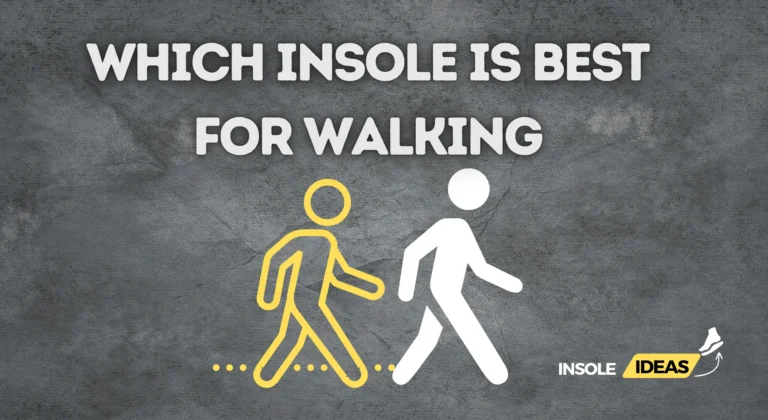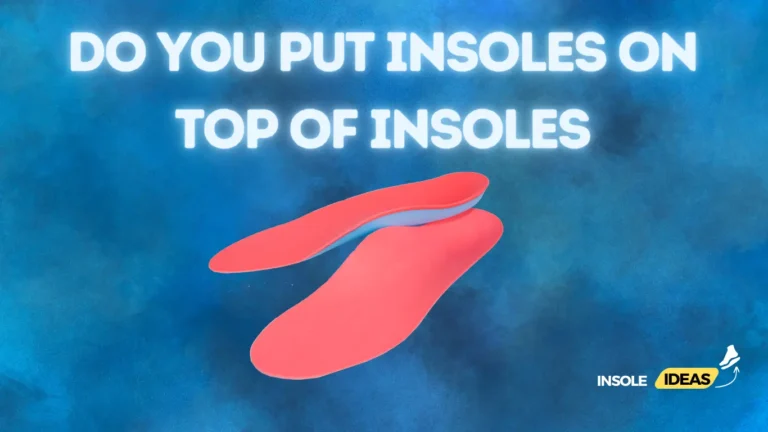Slipping Insoles
Insoles Slipping Inside Your Shoes
The frustration of slipping insoles is a common shoe-related problem that can significantly impact comfort and support. Insoles are crucial components of footwear, offering cushioning and stability, but when they constantly slip, they compromise the overall experience. Comfortable insoles are essential for maintaining foot health and reducing discomfort during daily activities.
Explanation of the Problem
Slipping insoles occur when the inserts within shoes fail to stay in place, leading to discomfort, instability, and potential foot-related issues. The persistent movement can cause irritation and blisters, affecting mobility and overall well-being.
Importance of Comfortable Insoles
The significance of comfortable insoles lies in their ability to provide support, cushioning, and proper alignment for the feet. Well-fitted insoles can alleviate pressure points, reduce fatigue, and improve general comfort when standing or walking for extended lengths of time.
Reasons for Slipping Insoles
Poorly Fitting Shoes
fitting footwear is a primary cause of insoles slipping. When shoes are too loose or too tight, they fail to hold the insoles in place, resulting in constant shifting and discomfort.
Material of the Insole
The material used in the construction of the insole can also contribute to slippage. Smooth or slippery surfaces on the underside of the insole may not grip the shoe interior, leading to movement within the footwear.
Moisture and Sweat
Moisture, particularly sweat, can reduce the friction between the insole and the shoe, making it easier for the insole to slide. This issue is exacerbated in hot or humid conditions.
Solutions to Prevent Slipping Insoles
Use of Adhesive or Double-Sided Tape
Applying adhesive or double-sided tape to the bottom of the insole can create additional friction, preventing it from slipping within the shoe.
Specialty Products like Non-Slip Insoles
Non-slip insoles with textured or grip-enhancing features can be specifically designed to address this issue, offering better stability and traction.
Adjusting or Customizing the Insole
Making adjustments to the size or shape of the insole to better fit the shoe can help prevent slipping. Adding padding or using inserts for a snugger fit can also be effective.
Additional Tips for Maintenance
Regular Cleaning and Drying
Frequent cleaning and thorough drying of both the insoles and the shoes can prevent the buildup of moisture, reducing slippage.
Proper Sizing of Insoles
Ensuring that the insoles match the shoe size and shape precisely can significantly decrease movement and slipping.
Using Socks with Grip
Wearing socks with grip or anti-slip features can enhance the friction between the insole and the foot, reducing slippage.
Conclusion
In addressing slipping insoles, utilizing adhesive methods, specialized products, and customizations can alleviate discomfort. Maintaining clean, dry footwear and considering proper sizing are crucial for preventing slippage, highlighting the importance of comfortable insoles for overall foot health and well-being.






